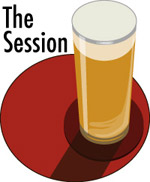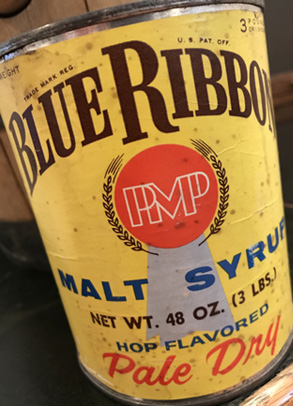 Host Gareth Pettman has announced the topic for The Session #133 is Hometown Glories.
Host Gareth Pettman has announced the topic for The Session #133 is Hometown Glories.
Which means? He suggests several staring points:
– Describing the types of bars/pubs you have in your hometown, how popular are they? Has craft beer culture made much of a splash?
– Are there any well-known breweries? Is there a particular beer or style that is synonymous with your hometown?
– History of the town and how that can be reflected in its drinking culture.
– Tales of your youth, early drinking stories.
– Ruminations on what once was and what is now? Have you moved away and been pleasantly surprised or disappointed on return visits?
Am I the only one who thought almost immediately this is a mashup of two Bruce Springsteen songs — “My Hometown” and “Glory Day” — from the same album, “Born in the U.S.A.”?
The Session #133 meets March 2.
